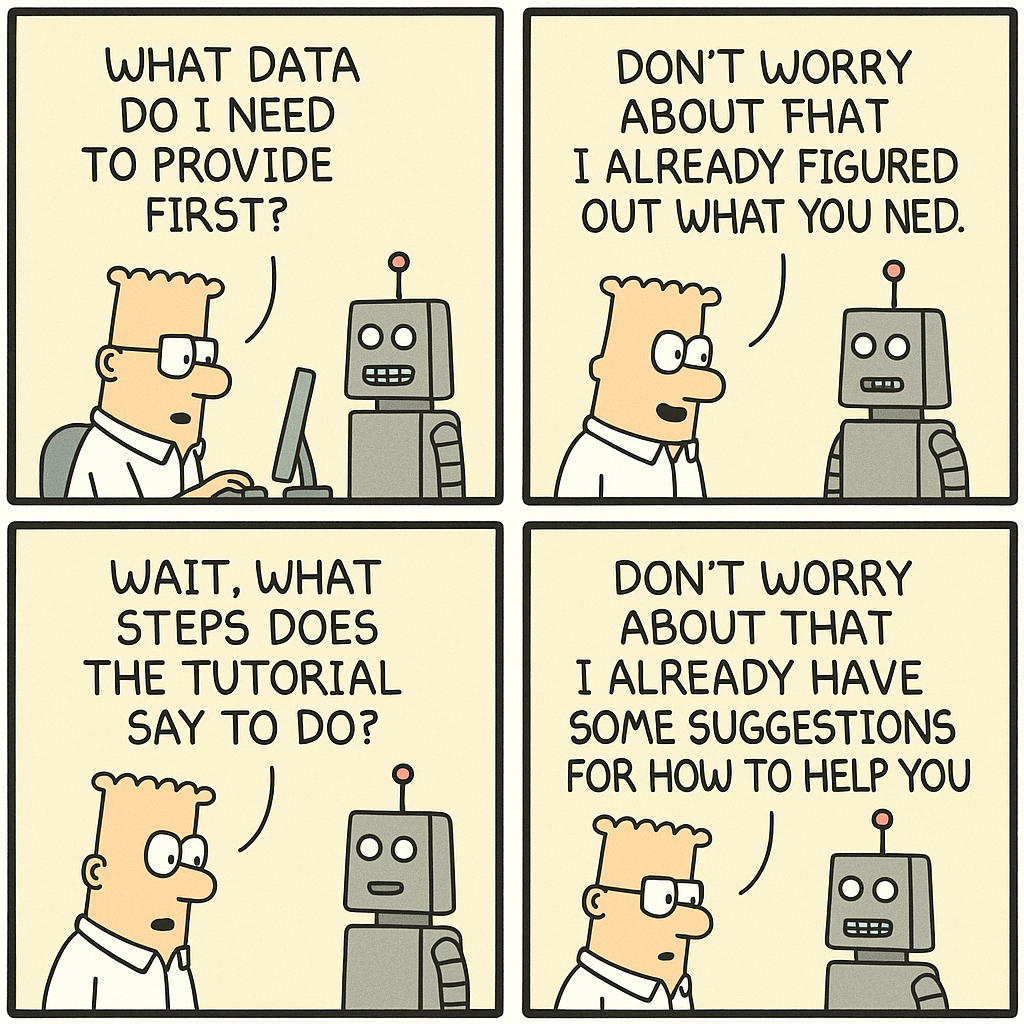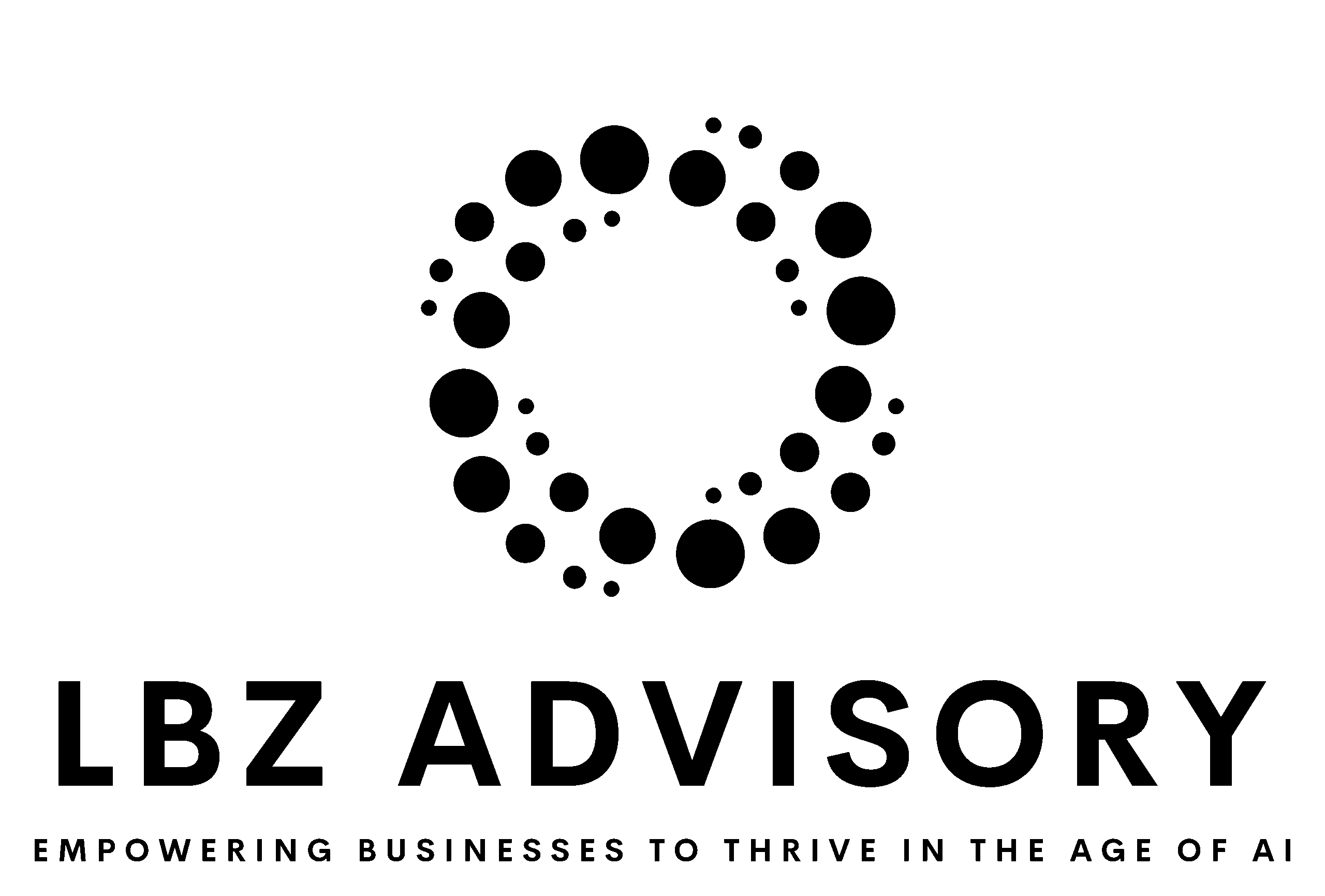Giving feedback, especially the difficult kind, is an art. It’s a crucial skill for managers aiming to foster a culture of transparency and growth within their teams. This blog post delves into strategies and insights, offering a guide for managers on how to navigate the delicate process of giving challenging feedback in a way that is constructive, considerate, and ultimately uplifting.

The Power of Positive Intent
Start with positive intent. Before delivering feedback, ensure it aims to support and develop the employee, not just criticize them. It’s about showing you care about the person’s growth as much as their output.
The Art of Being Specific
Be specific. Avoid vague comments that leave room for misinterpretation. Instead, focus on specific behaviors and their impact. Specific feedback targets particular behaviors or outcomes, making it clear to the employee what actions or behaviors were effective or need improvement. For example:
- Vague Feedback: “You need to work better with the team.”
- Specific Feedback: “During the team meetings, I’ve observed that you often interrupt your colleagues when they’re sharing their ideas. This can make others feel undervalued. Let’s work on active listening skills and ensure everyone has the chance to contribute their thoughts fully before responding.”
By focusing on the specific behavior (interrupting colleagues), the feedback makes it clear what the issue is and suggests a concrete area for growth (active listening).
- Vague Feedback: “You’re doing a great job leading your team.”
- Specific Feedback: “I was really impressed with how you handled the conflict in your team last week. Specifically, your approach to facilitate a discussion where both parties could express their concerns and find common ground demonstrated strong leadership and mediation skills. It’s a great example for the team and helps foster a supportive environment.”
This feedback is specific about what was done well (handling a team conflict), how it was done effectively (facilitating discussion and finding common ground), and why it matters (demonstrating leadership and fostering a supportive environment).
The Right Time and Place
Timing and setting matter. Feedback should be timely and delivered in a private setting. This respects the employee’s dignity and avoids public embarrassment.
Framing Feedback as a Gift
Framing feedback as a gift is about presenting feedback in such a way that it is received not as a critique or a negative judgment, but as an opportunity for growth and improvement. This approach helps to create a positive environment where feedback is welcomed and acted upon constructively. Here are some examples of how to effectively frame feedback as a gift:
Example 1: Enhancing Presentation Skills
– “I’ve noticed your dedication to improving our team’s visibility through your presentations. Your effort is truly appreciated. I believe you have the potential to be even more impactful by engaging the audience with questions and interactive elements. This could make your presentations not just informative but truly memorable. I saw a great technique on this recently and thought it might be something you’d find valuable.”
In this example, the feedback starts with recognition of effort and potential, then offers a specific suggestion for improvement, framing it as an opportunity to make the presentations more engaging and memorable.
Example 2: Improving Team Collaboration
– “You’ve been instrumental in driving our project forward, and your initiative is commendable. I think there’s an opportunity to elevate your impact even further by fostering more collaboration with the team. Sharing your thought process more openly could invite valuable insights and strengthen the project. It’s a chance to blend your expertise with the team’s to achieve something even greater.”
Here, the feedback acknowledges the individual’s contributions and suggests a way to enhance their role through increased collaboration, presenting it as an opportunity to amplify their impact.
Example 3: Increasing Punctuality
– “Your contributions to our team meetings are always insightful, and we value your input greatly. I’ve noticed that arriving a bit earlier to these sessions could give you an even stronger platform to share your ideas and lead discussions. Being early often sets the tone and demonstrates leadership. It’s a small adjustment that could further highlight your role as a key team member.”
This feedback focuses on the value the person brings to meetings and suggests that increasing punctuality is not just about being on time, but an opportunity to enhance their leadership presence.
Follow-Up: The Key to Progress
Follow-up is crucial. Feedback should not be a one-time event but part of an ongoing conversation about development and improvement. Regular check-ins allow for adjustments and show genuine interest in the employee’s progress.
Encourage a Two-Way Street
Encouraging a two-way dialogue is essential. Feedback is not just about delivering a message; it’s about engaging in a conversation. Invite the employee to share their perspective. This approach aligns with what Susan Scott discusses in “Fierce Conversations”: the importance of authentic communication and understanding the root causes of issues, not just addressing the symptoms.
Encourage the employee to share their thoughts and feelings by asking questions that require more than a yes or no answer. For example, “How do you feel about your progress in this area?” or “What challenges have you faced while working on this project?”
Demonstrate that you are listening by summarizing what the employee says and asking follow-up questions. This shows respect for their perspective and encourages them to open up. And recognize and validate the employee’s feelings, even if you don’t agree with their perspective. This can help reduce defensiveness and open the door to more productive dialogue.
Empowerment Through Actionable Steps
Provide actionable steps. Feedback should empower employees to improve. Outline clear, achievable steps or goals. If helpful, leverage the SMART (Specific, Measurable, Achievable, Relevant, Time-bound) goals framework, which helps in setting clear expectations and providing a roadmap for success.
Leading by Example
As a manager, your actions set the tone. Demonstrating openness to feedback about your own performance can foster a culture of mutual respect and continuous improvement. Trust—built through transparency and accountability—is foundational for effective leadership and team dynamics.
What NOT To Do: The Sandwich Method
The Sandwich Method—positive feedback, followed by negative feedback, and ending with positive feedback—is a well-known technique used with the intention of softening the impact of critical feedback. However, several reasons caution against its use, highlighting its potential drawbacks in effective communication and feedback delivery.
The main critique of the sandwich method is that it can dilute the critical message you’re trying to convey. The recipient might focus on the positive comments and miss the importance of the improvement areas. This dilution can hinder their professional growth, as the critical feedback—often the most crucial part of the conversation—gets lost or downplayed.
When positive and negative feedback are mixed in the same conversation, it can leave employees confused about their performance. They might struggle to discern which aspects truly require attention and improvement, leading to a lack of clear direction.
The format can also come across as formulaic or insincere, especially if employees recognize the pattern. This perceived inauthenticity can undermine the manager’s credibility and the genuine appreciation that accompanies the positive feedback. Employees might start to anticipate that every piece of praise will be followed by criticism, which can make them wary of positive feedback and lessen its impact.
Conclusion: The Path Forward
Giving difficult feedback is a challenge, but it’s also an opportunity—to build trust, encourage development, and drive performance. By approaching these conversations with empathy, clarity, and a focus on growth, managers can transform potentially uncomfortable moments into catalysts for personal and professional development.
Remember, the goal is not just to correct behavior but to inspire and empower. Your role as a manager is not just to lead but to coach—to help your team navigate challenges, grow from their experiences, and achieve their fullest potential. In this journey, feedback is a powerful tool, one that, when wielded with care and respect, can lead to remarkable outcomes for individuals and teams alike.
Let this guide be a starting point for developing your approach to giving feedback. Consider these strategies, adapt them to your style and context, and continue to learn and grow in your role as a leader. The path to effective feedback is ongoing, but with commitment and understanding, it’s a path that leads to a stronger, more cohesive team.
















